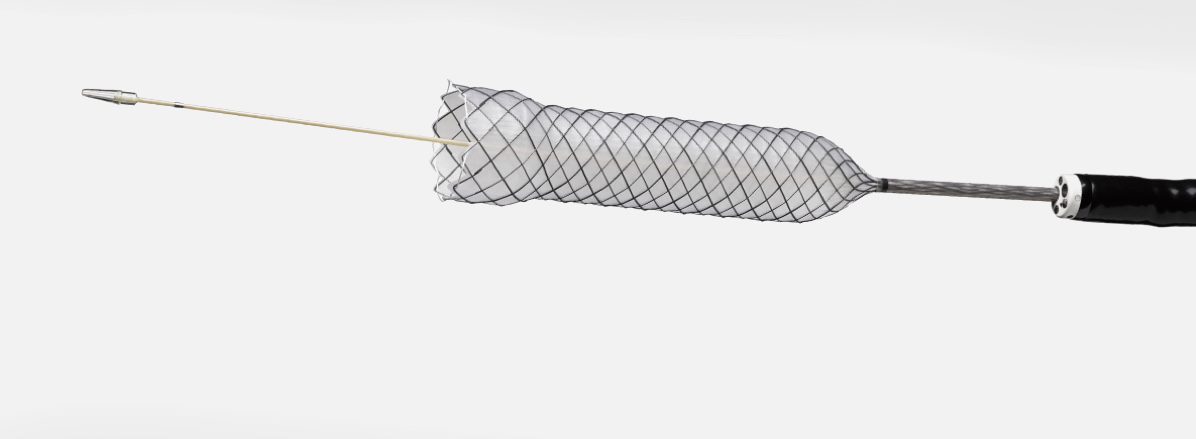Boston Scientific accounts are for healthcare professionals only.
Already had an esophageal stent procedure? Visit our support page for more information.
Uses of esophageal stents
Esophageal stents are used to treat a variety of conditions. Physicians, most often use this type of stent to treat the following conditions:1
- Side effects of esophageal cancer
- Cancer of the top part of the stomach
- Narrowing of the esophagus as it's pushed from the outside by a cancer (such as lung cancer) or enlarged lymph nodes
- Narrowing of the esophagus from an ulcer
- Narrowing of the esophagus from radiation treatment
- Abnormal opening between the trachea (wind pipe) and esophagus
- A hole in the esophagus and the condition caused by the hole
What to expect from your procedure
Your esophageal stent procedure may take place under general anesthesia or sedation. Your doctor will decide what's best for you based on your overall health.
During the procedure
The doctor puts a tube called a delivery system or a through-the-scope delivery system into your esophagus. The doctor will then use the stent to open the blockage in your esophagus. Depending on the type of stent your doctor is using, this can work in a variety of ways.
After the procedure
Esophageal stent placement is often done on an outpatient basis. After your procedure, you will rest and recover as your care team monitors your progress for a few hours. When you are ready, the doctor will release you to go home. Make sure someone is there to drive you as you will still be unsteady from the anesthesia. Chest discomfort immediately following your procedure is normal. Your doctor may prescribe over-the-counter pain medicines as you need them. As you recover, be mindful of what you eat and adhere to a low-residue diet. Some stents are temporary while others are permanent. Speak to your doctor about stent removal.
Understand the risks
As with any procedure there are risks. You should consult with your physicians to understand these risks such as:1
- Pain in the esophagus which is quite immediate and presents as chest pain
- Bleeding (usually mild)
- New hole in the esophagus (rare)
- Movement of the stent above or below leading to symptoms coming back
- If the stent was placed for narrowing from tumor, you may experience tumor growth into the stent
- Gastroesophageal reflux (GERD or heartburn)
Magnetic Resonance (MR) Conditional
Non-clinical testing has demonstrated that the WallFlex Esophageal Stent System, Ultraflex Esophageal NG Stent System and Agile Esophageal Stent System are MR Conditional. These stents can be scanned safely under the conditions outlined in the Instructions for Use.
Please consult with your physician. Your physician should refer to the package insert for details. Prescriptive information for each device can be found here.
CAUTION: U.S. Federal law restricts this device to sale by or on the order of a physician. Indications, contraindications, warnings and instructions for use can be found in the product labeling supplied with each device.
All trademarks are the property of their respective owners.
Reference:
1. Johns Hopkins Medicine. What is an esophageal stent procedure? Accessed May 20, 22 https://www.hopkinsmedicine.org/health/treatment-tests-and-therapies/esophageal-stent-procedure


